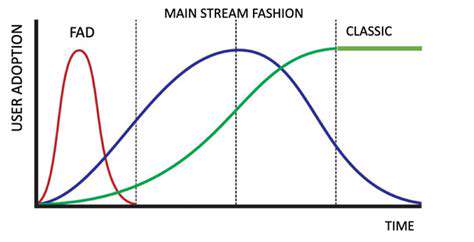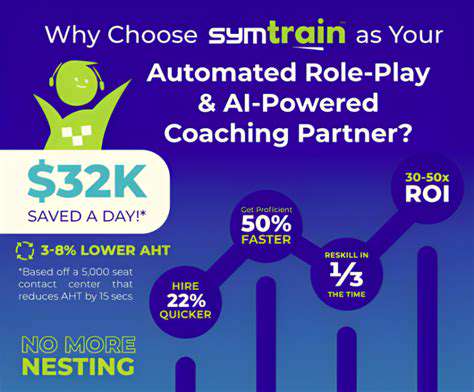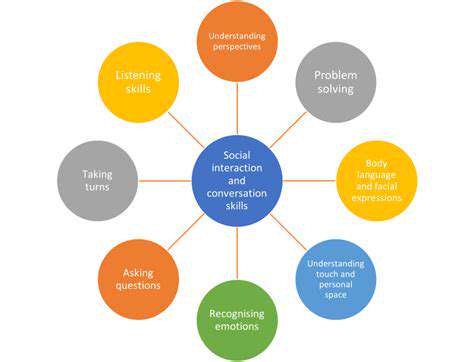User Generated News and Its Influence on Mainstream Media
The rise of citizen journalism has empowered individuals to capture and disseminate news, often from perspectives overlooked by traditional media outlets. This democratization of information has led to a more diverse and nuanced understanding of events, particularly in areas where traditional reporting may be limited or delayed. Citizen journalists, armed with smartphones and social media platforms, can quickly report on breaking news, offering a real-time account that often complements, and sometimes challenges, the narratives presented by established news organizations.
This new breed of reporters brings a fresh perspective, often reflecting local experiences and concerns that might otherwise be marginalized. Their presence is particularly impactful in times of crisis or conflict, providing a vital link between the affected communities and the global audience.
The Role of Social Media in Dissemination
Social media platforms have become indispensable tools for citizen journalists, enabling rapid dissemination of information across geographical boundaries. Twitter, Facebook, and other platforms allow for instantaneous updates, live video streams, and interactive discussions, transforming the way news travels and engages audiences.
However, the speed and immediacy of social media also present challenges. The rapid spread of information can also lead to the rapid spread of misinformation, making it crucial for users to critically evaluate the sources and verify the accuracy of the content they encounter.
Challenges and Limitations of Citizen Journalism
While citizen journalism offers significant advantages, it also faces certain limitations. The lack of professional training and editorial oversight can lead to inaccuracies, biases, and unreliable reporting. Verification and fact-checking processes are often absent or inconsistent, posing a challenge in distinguishing credible information from misinformation.
Furthermore, ethical considerations, such as the potential for invasion of privacy and the handling of sensitive information, need careful attention from both citizen journalists and social media platforms.
Impact on Mainstream Media
The emergence of citizen journalism has undeniably impacted mainstream media, forcing traditional news organizations to adapt to the changing landscape. This includes embracing citizen reporting as a supplementary source, collaborating with citizen journalists, and incorporating social media data into their newsgathering strategies. Traditional news organizations are recognizing the value of citizen input and are seeking ways to integrate it seamlessly into their operations.
Verification and Fact-Checking in a User-Generated World
The proliferation of user-generated news necessitates robust verification and fact-checking mechanisms. Developing reliable methods to authenticate information and identify potential misinformation becomes crucial in this new era of information sharing. This includes training citizen journalists in journalistic principles, encouraging collaborative fact-checking initiatives, and promoting media literacy among the public.
The Future of News Consumption
The rise of citizen journalism is reshaping the future of news consumption, with audiences increasingly seeking diverse perspectives and real-time updates. This evolution emphasizes the importance of media literacy in navigating the flood of information available online, enabling individuals to discern credible sources and evaluate the information they encounter with critical thinking.
Citizen Journalism and Accountability
Citizen journalism, when used responsibly, can foster greater accountability and transparency. By holding individuals and institutions accountable through documented evidence and reporting, citizen journalists can contribute to a more just and informed society. This involves understanding the role of citizen journalism in the broader context of democratic participation and its potential to promote social change.
Predictive modeling, a cornerstone of modern data analysis, utilizes various techniques to forecast future trends and outcomes. These techniques range from simple linear regression to complex machine learning algorithms like neural networks and support vector machines. The core principle is to identify patterns and relationships within historical data to inform future predictions. This allows organizations to proactively adapt to potential changes and make data-driven decisions.
The Evolution of News Consumption Habits
The Rise of Digital Platforms
The advent of the internet and subsequent proliferation of digital platforms has fundamentally altered how we consume news. Previously, news was largely disseminated through traditional media outlets like newspapers and television broadcasts. This centralized control over information meant a more structured and predictable flow of news. However, the internet democratized information access, allowing individuals to consume news from a vast array of sources, both professional and user-generated. This shift has led to a more fragmented and dynamic news landscape, one in which immediacy and accessibility are paramount.
User-Generated Content: A New Voice
User-generated content (UGC) has emerged as a significant force in the news landscape. Social media platforms, blogs, and online forums provide avenues for individuals to share their perspectives, eyewitness accounts, and analyses of current events. This influx of diverse viewpoints has broadened the scope of news coverage, often providing alternative narratives and perspectives that traditional media may overlook. However, the proliferation of UGC also raises concerns about accuracy and reliability, necessitating critical evaluation by consumers.
The Impact of Social Media
Social media has become a powerful platform for news dissemination and consumption. Real-time updates, viral trends, and instant sharing mechanisms have transformed the speed and reach of news. While this immediacy offers unprecedented access to information, it also presents challenges, including the spread of misinformation and the potential for echo chambers that reinforce existing biases. Navigating this complex digital landscape requires critical thinking and a discerning approach to the information we consume.
The Influence of Mobile Devices
The ubiquitous nature of mobile devices has revolutionized how we consume news. Portability and accessibility have enabled instant updates and constant connectivity, transforming news consumption into a more personalized and on-demand experience. This constant accessibility, however, can lead to information overload and a fragmented understanding of complex events. Moreover, the rapid pace of mobile news consumption can encourage superficial engagement and hinder in-depth analysis.
The Shifting Role of Traditional Media
Traditional media outlets, such as newspapers and television, are grappling with the evolving news landscape. The rise of digital platforms has challenged their traditional revenue models and forced them to adapt. Many are now incorporating digital strategies into their operations, embracing multimedia formats and interactive content to engage new audiences. However, the transition to digital platforms is not without its challenges, and the future of traditional media remains uncertain.
The Rise of Personalized News Feeds
Algorithms and personalized news feeds have become increasingly prevalent in the digital age. These systems curate news based on individual user preferences, creating tailored experiences that can be both beneficial and problematic. While tailored feeds can enhance engagement and provide relevant information, they can also contribute to filter bubbles, limiting exposure to diverse perspectives and potentially reinforcing existing biases. Finding a balance between personalized experiences and exposure to a wider range of viewpoints is crucial for fostering informed citizenship.
Fact-Checking and Media Literacy
In this era of information overload and user-generated news, media literacy and fact-checking are more critical than ever. Developing critical thinking skills and understanding the different methods of news dissemination is essential for discerning credible information from misinformation. Educating individuals on how to evaluate sources, identify biases, and distinguish between fact and opinion is paramount in combating the spread of false information and promoting responsible news consumption.











